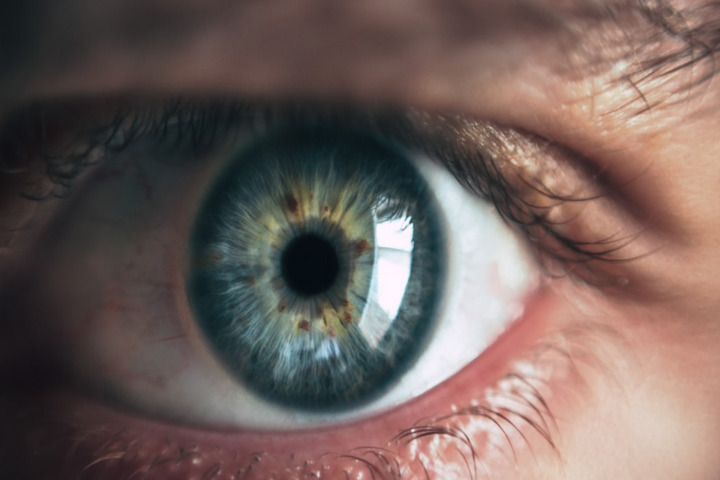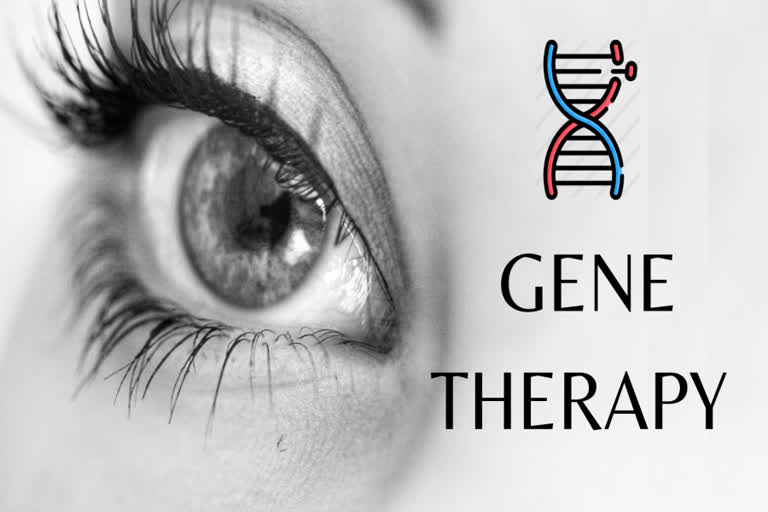MIT Technology Review, USA: The 58-year-old man was blind, barely able to perceive whether it was day or night. After receiving gene therapy to add light-sensing molecules to one of his retinas, he could locate a notebook set on a table.
Scientists in Europe and the US are reporting today what they describe as the first successful use of optogenetics to improve a person’s vision. The feat involved introducing a gene from algae into the man’s retina.

“I think that a new field is being born,” Botond Roska, a professor at the University of Basel who led the research, said during a conference call with journalists.
In Nature Medicine, the authors describe how their patient lost his vision after being diagnosed 40 years ago with retinitis pigmentosa, a degenerative disease that destroys photoreceptors, the light-sensing cells in the retina.
The doctors employed gene therapy to add a light-sensing molecule to one of the man’s eyes. The gene they added, called crimson, comes from a single-celled algae species that are able to sense sunlight and move toward it.

The idea of adding the gene, says Roska, is to engineer retina cells called ganglions so they are able to respond to light, sending visual signals to the brain.
The strategy, being funded by a French company called GenSight Biologics, requires patients to wear a set of electronic goggles that capture light contrasts in the environment and then project an image onto the retina at high intensity using the specific wavelength of yellow-orange light that triggers the crimson molecule.
According to José-Alain Sahel, a researcher at the University of Pittsburgh who played a chief role in the experiment and is a co-founder of GenSight, the blind man at first noticed no effect, but he gradually started reporting seeing shapes while wearing the goggles. The Sahel describes the patient as “the first-ever to benefit from optogenetics.”
With training, the man was able to perceive whether a notebook had been placed on a table in front of him. He could also count dark-colored cups set before him, although not always accurately.
Optogenetics is widely used in neuroscience experiments on animals, where light-sensing molecules are added to brain cells. Then, using light pulses delivered via fiber-optic cables, researchers can cause specific nerves to fire, in some cases to prompt specific behaviors.
Efforts to adapt the technique as a blindness cure began in 2016 when a Texas woman became the first person treated with optogenetics by a small company, RetroSense, which was later acquired by Allergan. The results of that study were never publicly reported, although Allergan officials later said some patients claimed to see light, such as perceiving a bright window in a dark room.
Vedere Bio, a startup in Cambridge, Massachusetts, has also been developing optogenetic treatments.
Also Read: WhatsApp won't limit functions if you don't accept new policy
According to Roska and Sahel, several patients have now been treated in the clinical trial being sponsored by GenSight, but only the man whose case is being described today has used the goggles.
The level of vision restored to the patient remains extremely limited. What he sees through the googles is monochromatic, and the resolution is not high enough to read, or even to distinguish one object from another.
The researchers said the goggles would likely be refined and that with more training, the man might be able to see more than he does now. “The level of vision we are going to reach is impossible to predict,” says the Sahel.
Copyright 2021 Technology Review, Inc.
Distributed by Tribune Content Agency, LLC



